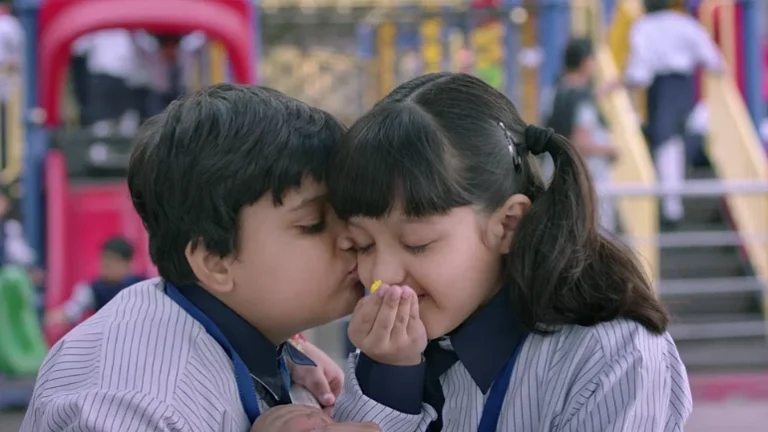Resurrection” (Original title: “Kuangye shidai,” 2025) is not just the most ambitious film of 2025, but one of the most audacious productions of the 21st century. When discussing films with similar thematic depth and rigorous scale, only a few examples like “Mulholland Drive,” “The Tree of Life,” and “Cloud Atlas” come to mind. It is an experience that is intended to invite conversation, and also one that would be impossible to appreciate solely on a single viewing. Even the film’s most vehement detractors would earn some insight after carefully following through the narrative a second time.
“Impressive” is the best description of “Resurrection,” as Bi Gan was without a doubt successful in his intentions to tear apart the cinematic medium into a treatise on illusions, dreams, and imagination. However, it’s the fluctuating interest that “Resurrection” has in its own narrative that may prevent it from landing upon the list of aforementioned all-time classics that shared its aspiration.
The plot of “Resurrection” may only be decipherable to those who can familiarize themselves with the cryptic patterns early on, but a recognition of the structure that Gan is aiming for does shed more insight into the cinematic devices that he’s using. “Resurrection” exists in a reality similar to the present, where dreams no longer exist for people who have attained immortality.
The rare individuals who can dream, referred to as “Fantasmers,” have found a form of expression within the language of cinema, an art form that began a century prior. The Fantasmer (Jackson Yee) has found a way to reincarnate himself within different eras of filmmaking, where he is resurrected within the associated form and style of each time period. Pursuing him is Miss Shu (Shu Qi), one of the “Other Ones,” who are tasked with waking up the Fantasmers from their endless slumber.
Although the basic details of the narrative are plastered across the screen during an engaging opening title card sequence, “Resurrection” becomes more approachable once its direction allusions become evident. Since it’s a film tracking the evolution of filmmaking over the course of a century, the Fantasmer’s first dream is a magical burst of time-lapses and hand-painted colors that resemble the early trick films of Georges Méliès.
Over the course of the six escapes (representing the five senses, plus the mind), “Resurrection” becomes a rainy World War II noir, a confidence thriller involving magic and prestige, and a vampiric segment that embodies the “Nosferatu” influences of F.W. Murnau. The most impressive of these segments is a concluding chapter set amidst the New Year’s Eve celebrations of 1999, in which a nearly 30-minute tracking shot unpacks activities in China’s Red Light District.
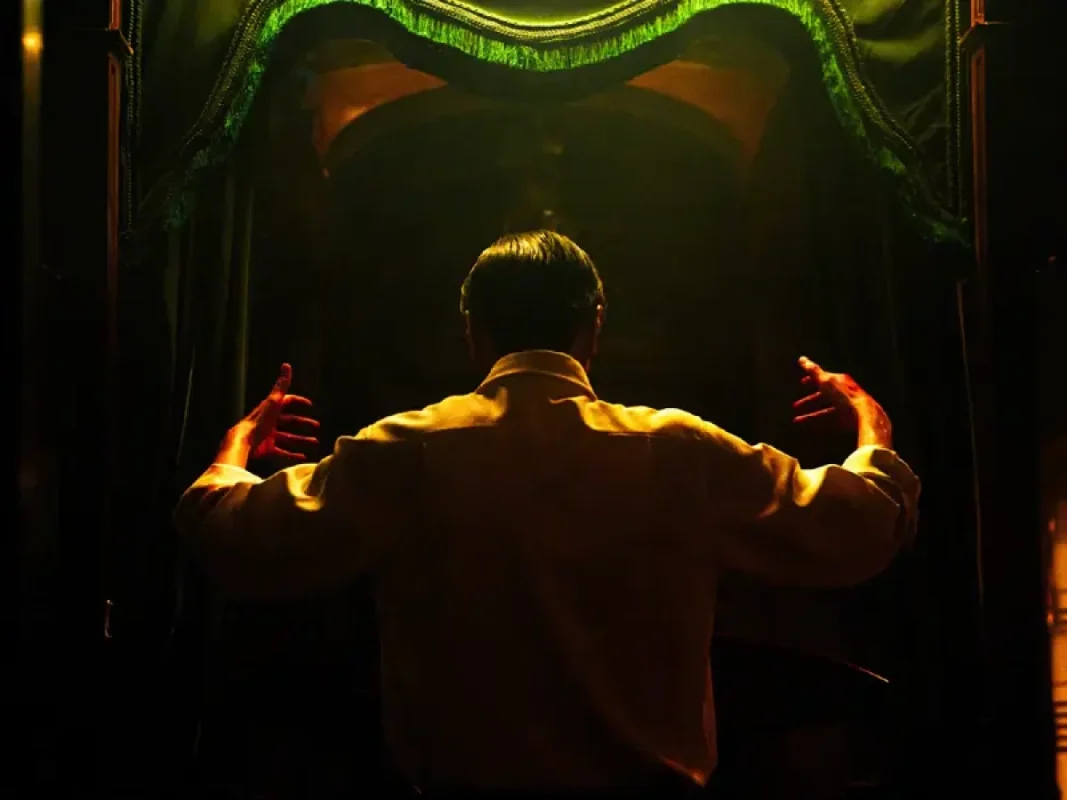
A few moments go by in which “Resurrection” is not absolutely breathtaking, but the film’s commitment to each of its segments is what ironically disrupts the narrative. These micro-stories are compelling in their own right, yet their thematic correlations to the story of the Fantasmer and his pursuer are often more cryptic.
Perhaps it was part of Bi’s point that the language of cinema evokes emotion and compassion more than anything in real life, where people are not predisposed to walk in each other’s shoes. Nonetheless, each of the individual cinematic exercises in “Resurrection” becomes frustrating when it’s clear that they’re meant to end so that the process can be renewed.
Also Read: 20 Criminally Underrated Films of 2018
Evaluating the performances in “Resurrection” is a difficult task considering the surrealist nature of the premise. If it’s meant to be a reality that is familiar, yet indecipherable, then the film’s stars appropriately approximate the behavior of these immortal, artificial, and existential beings. Yee’s performance is particularly worthy of praise because of the dominant roles that he plays within each of the stories. Between a balding monster, an opaque cardshark, and a heartstrung lover, among others, the actor radically transforms the poise and physicality of his performances, whilst maintaining a consistency of intent.
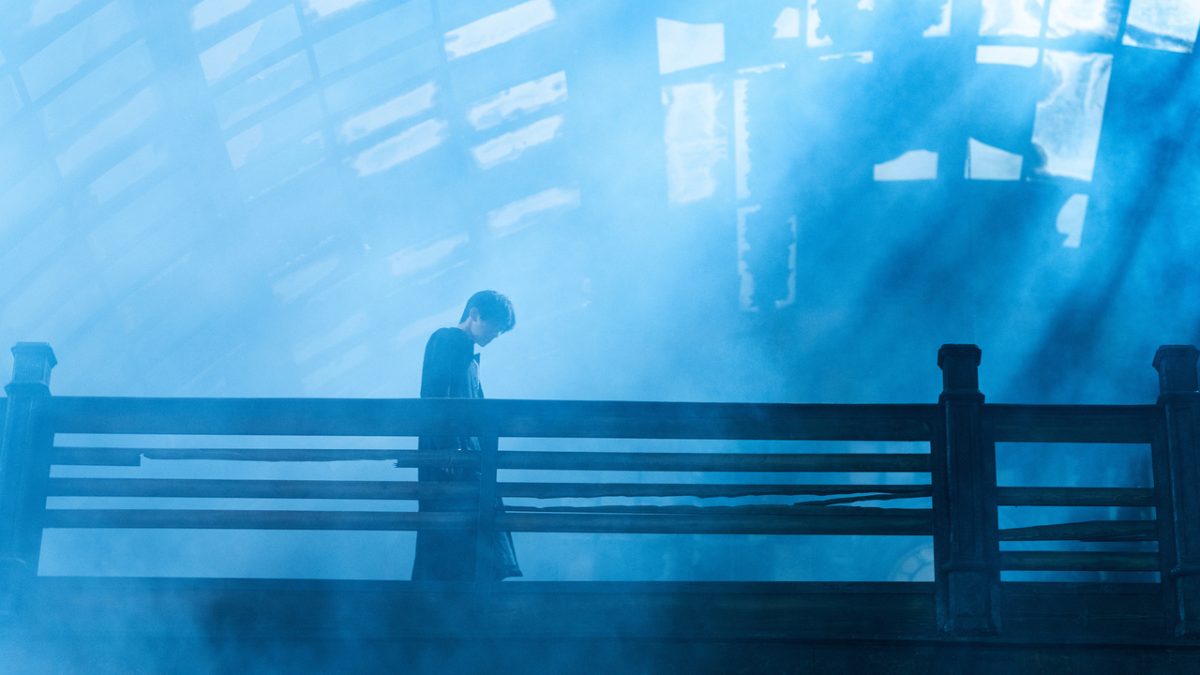
The overarching narrative that ties these segments together, which at times resembles a more surrealist version of “Blade Runner,” may exist simply as a framing device, and one that Bi Gan may have struggled to establish for viewers. It’s a tricky situation, as without the basic title cards revealing the form of the universe, it would be nearly indecipherable. While the bare-boned outline may have done some of the hard work for the viewers, it does present a question as to how much they’re simply willing to accept.
Letting go is a key part of the experience of “Resurrection;” for those who can appreciate the totality without being bogged down by narrative questions, it’s an immensely rewarding experience. It’s also one that ends on a high note, as a segment involving the Fantasmer and his impassioned lover (Li Gengxi) offers a perfect note to summarize the emotional nuance that’s been gained within the last one hundred years of the medium.
While many of the references that “Resurrection” makes to the specific art of filmmaking are done in practice and through metaphors, the totality of its influences is embodied by the powerful final scenes that directly call out the role of the viewer. It’s the type of interactive experience similar to the role of the Monolith in Stanley Kubrick’s “2001: A Space Odyssey.”
The mythic totem in Kubrick’s science fiction epic is a tool within evolution that also resembles the black rectangle of a movie screen. Bi Gan goes a step further than Kubrick by transforming the act of a collective viewing experience into a literal sanctuary of sorts. Even for those turned off by some of the more indulgent aspects of the film, it’s a moving statement.
A film can be both a great work of art and an experience that is intentionally opaque. “Resurrection” is more worthy of analysis than nearly any other 2025 release, but it’s also one in which frustrating segments of inaction and opaque characterization are built into the structure. What Bi Gan has created is unparalleled on an aesthetic level, as he approximates ten decades of storytelling without self-importance or pretension. Even if “Resurrection” operates on a logic that can grow aggravatingly loose, Bi Gan’s latest feature is nothing if not sincere.

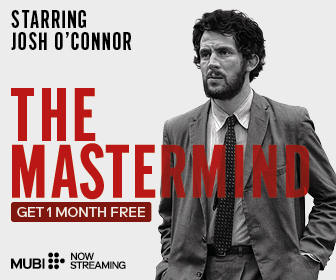


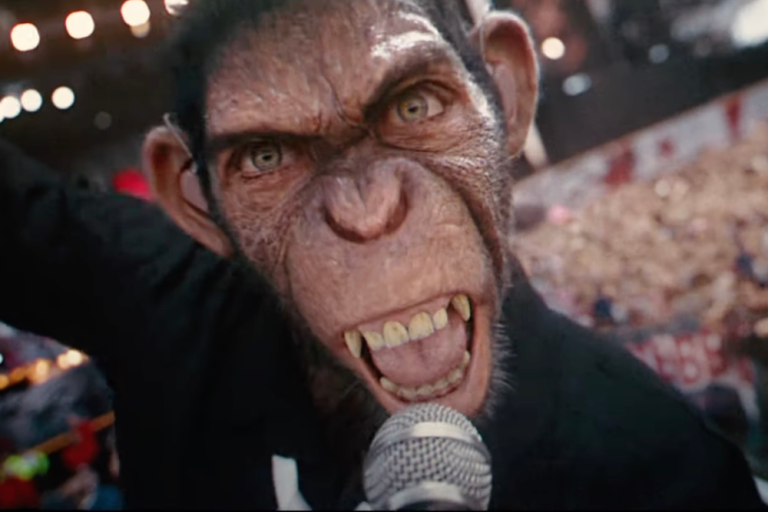
![Effigy: Poison and the City [2019] Review – 1800s set serial-killer thriller fails to engage](https://79468c92.delivery.rocketcdn.me/wp-content/uploads/2021/05/Effigy-Poison-and-the-City-1-768x415.png)
![Sherdil – The Pilibhit Saga [2022] Review – An Entertaining Satire that Succumbs to Pomposity](https://79468c92.delivery.rocketcdn.me/wp-content/uploads/2022/06/Sherdil-The-Pilibhit-Saga-Movie-Review-2-768x431.webp)
![1987: When the Day Comes [2018]: Fantasia Film Festival Review](https://79468c92.delivery.rocketcdn.me/wp-content/uploads/2018/07/1987_-When-the-Day-Comes-2-768x432.jpg)
